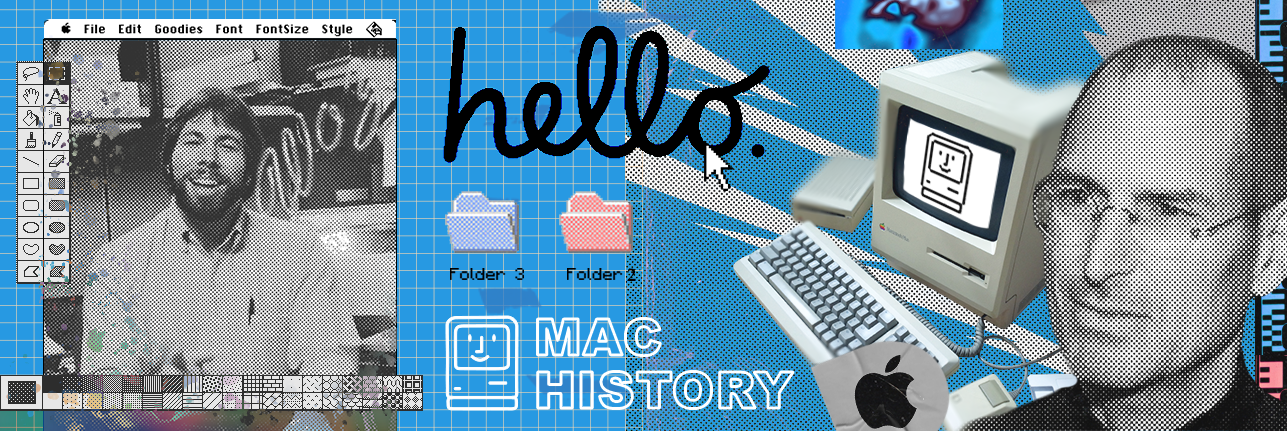In 1979, Apple was planning a business computer and arranged a visit with Xerox Parc research center to view some of their experimental technology. It was there they discovered the mouse which had been incorporated into the graphical user interface (GUI) used on the Xerox Alto. They were so inspired they scrapped their current plans and redesigned everything around the mouse and GUI.
One of the biggest problems was that the three button Xerox mouse cost over US$400 to build, which was not practical for a consumer-based personal computer. Apple commissioned Hovey-Kelley Design (which later became IDEO) to assist them with the mouse design, which not only had to be redesigned to cost US$25 instead of US$400, but also needed to be tested with real consumers outside a laboratory setting to learn how people were willing to use it.
Hundreds of prototypes later, Apple settled on a single button mouse, roughly the size of a deck of cards. With the design complete, the operating system was adopted to interface with the single button design using keystrokes in combination with button clicks to recreate some of the features desired from the original Xerox three-button design.
With the single button mouse design established for almost 25 years, the history of the Apple Mouse is basically a museum of design and ergonomics. The original mouse was essentially a rectangular block of varying beige and gray color and profile for about a decade. Not much later, it was redesigned to be slightly angular along the top; this mouse is commonly called the “trapezoid mouse” for its slight trapezoid shape on the bottom. In 1993 Apple redesigned the package to be egg-shaped, which was widely copied throughout the industry.
Nevertheless it was still a tool available only in corporate gray or (rarely) black. With the release of the iMac in 1998 the mouse became available in an array of translucent colors. Apple also completed the transition to a completely circular design.
Two years later, Apple switched back to a more elliptical shape and monochromatic black and white design. The rubber ball tracking mechanism was updated with a solid-state optical system, and its single button was moved out of sight to the bottom of the mouse. Keeping up with the technological trends Apple went wireless in 2003 and two years later, though maintaining its iconic design style, broke its most controversial implementation in the mouse concept and for the first time released a “none button” mouse with five programmable electrostatic sensors and an integrated scroll ball. Though the Macintosh aftermarket had provided these options to discerning users for decades, Apple itself only made them complementary with its offerings after the passage of much time.
Source: Apple Mouse. (2012, January 19). In Wikipedia, The Free Encyclopedia. Retrieved 20:59, March 15, 2012, from http://en.wikipedia.org/w/index.php?title=Apple_Mouse&oldid=472117488


[…] History of the Apple Mouse – Mac History […]